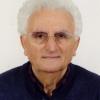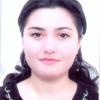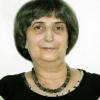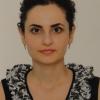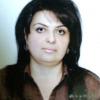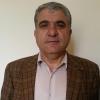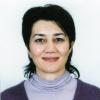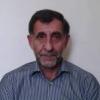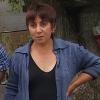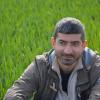
VISHAP STONES OF ARMENIA
In the high mountains of Armenia unique monuments have been preserved, which traditionally are called by the people "Vishap/Dragon stones".
Like Khachkars (cross-stones) also the Vishaps are distributed only within the Armenian Highland. The centers of their spreading are Aragats and Geghama mountains. Ca. 150 examples of these monuments are known today.
Vishaps are 150-550 cm high, they are made of grayish stones – andesite or basalt, and, according to their forms and the iconography, they can be divided into three groups:
1. Bull shaped (four-sided stelae, with an image of bull's head and extremities fallen down in the frontal part),
2. Fish-shaped (carved in the form of a fish),
3. Fish and Bull shaped (contains the details of the previous two types).
Vishaps were widely used in the Bronze Age, particularly in the 2nd millennium BC, however, it is possible that their origins go back to the earlier periods.
Vishaps are originally placed at an altitude of up to 3000 m above sea level, in a standing or lying position. In ancient times, most of them were standing. As a rule, they appear in groups, a few of them - alone, in water-rich flat areas and in round stone platforms; there are tombs, petroglyphs and tower-like structures in their vicinity.
Ministry of Education, Science, Culture and Sport, RA
Institute of Archaeology and Ethnography, NAS RA
Ararat-Eskijian Museum, Los Angeles
ArchaeoArt and LAB NGO, Armenia
«Vishap» Project, Armenia-Italy
Fig.1. Distribution and quantification of Vishap stones
Fig. 2. Types of Vishaps
VISHAP OF GEGHAMASAR
Name – Geghamasar 1
Type – Bull shaped
Material – Gray basalt
Preservation – Satisfactory
Size – 360x107x55 cm
Original place – 4 km south-west of Geghamasar village, Areguni Mountains
Altitude above the sea level – 1929 m
Context – At the time of the discovery of the stela in 2021 the parts of it which were turned into khachkar in the 10th century (according to the inscription: "The Holy Cross was erected in memory of Abgar's son, Gregory and, the latter's son, let them be remembered in glorifying God, 936") were found in the centre and at the entrance of the 16-17th centuries church Spitakavor. The church is surrounded by large archaic-looking basalt stones, the plan of which is a rounded square. This may be the original place of the stela - on the place of a former barrow or another structure, the stones of which could be reused during the Middle Ages. But the stela could also be traced back to its present location from the surrounding plain during the Middle Ages.
History of discovery – The church and the standing khachkar is mentioned by Armenian authors at the border of the 19-20th centuries (Gh. Alishan, E. Lalayan), however, the stela was defined as a vishap only recently (2021) by the Sotk expedition of the Institute of Archaeology and Ethnography of the National Academy of Sciences of the Republic of Armenia. At the time of the recent discovery, the stela consisted of three parts: the basis in the ground (bottom-up), the part thrown into the church, the part taken out of the church and placed as a khachkar. The stone fracture is new, which proves that it was broken during the Soviet years, when the church was closed. In May 2021 the expedition cleaned the church and replaced all three connecting fragments of the stela to the south-west of the church.
Fig. 3. Geghamasar 1 during its discovery and after the reconstruction. 2021
Fig. 4. Position and drawing of Geghamasar 1






